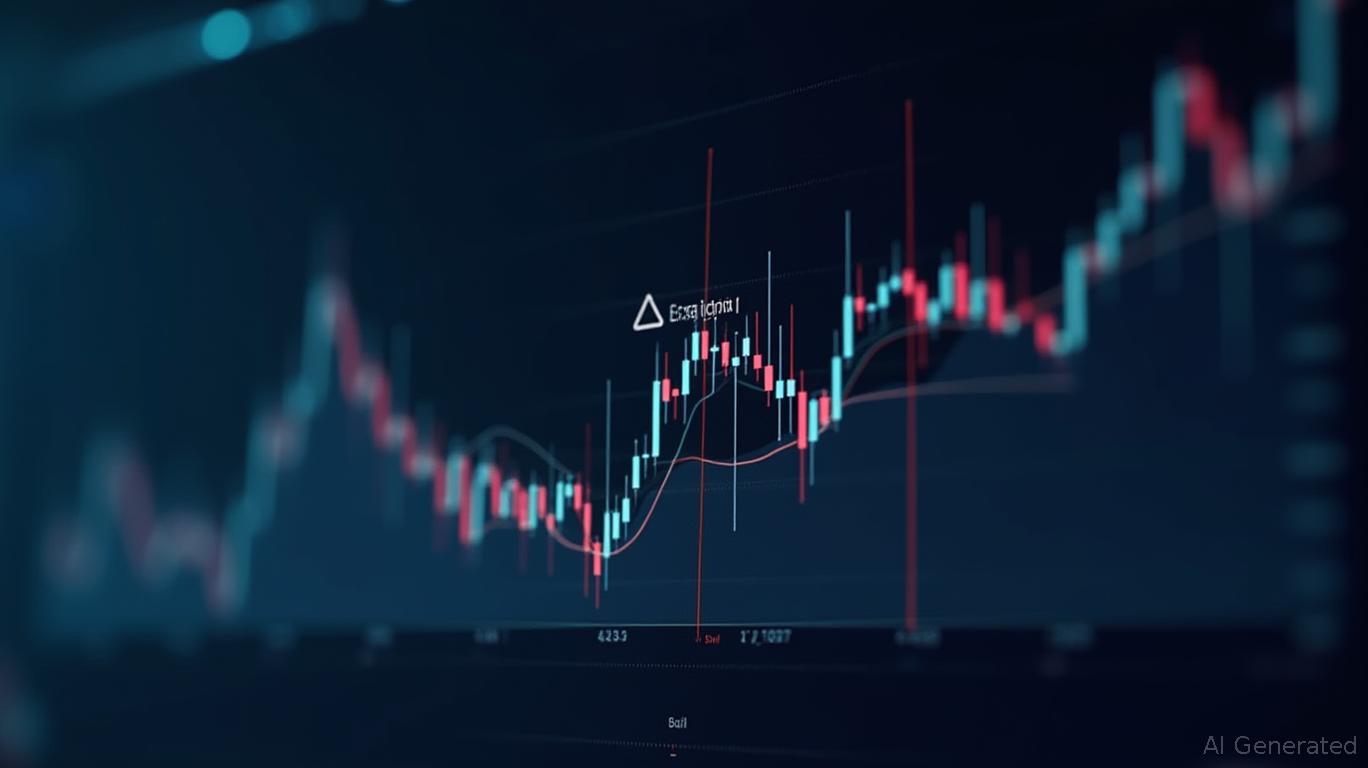Treasuries' Tipping Point: How Cooling Inflation and Trade Stalemates Create a 4.2% Yield Play
The U.S. Treasury market is at a crossroads. Cooling inflation, as captured by the latest PCE data, is clashing with unresolved U.S.-China trade tensions to create a volatile backdrop for fixed-income investors. With the 10-year Treasury yield hovering near 4.4%—above its 4.25% long-term average—the stage is set for a tactical opportunity. Investors who act now can position themselves to profit from a potential pullback below the key 4.2% threshold, leveraging the Fed's data-dependent pause and the tug-of-war between disinflation and trade-driven risks.
The Inflation Picture: A Softening Trend, but Fragile
The April 2025 Personal Consumption Expenditures (PCE) report revealed a critical shift. Core PCE inflation, the Fed's preferred gauge, dipped to 2.5% annually, its lowest level since September 2024. This reflects cooling prices for services like housing and healthcare, while energy costs remain subdued. Crucially, the Fed's 2% target now feels within reach, with year-over-year headline inflation at 2.1%—a full 0.2% below March's reading.
But the Fed remains hesitant to cut rates, citing lingering uncertainty. Why? Trade policy. New tariffs imposed by the U.S. and China—up to 145% on select goods—are creating a “tariff lag effect.”
warns that these measures could push core PCE inflation back to 3.6% by summer, reigniting fears of stagflation. This creates a Goldilocks window: yields are elevated due to trade fears, but the Fed's reluctance to act has left Treasuries oversold.
Trade Tensions: The Wild Card in Yield Dynamics
The U.S.-China trade war is now a two-way street. China's retaliatory 125% tariffs on U.S. imports, coupled with Washington's 145% levies on Chinese goods, have disrupted global supply chains. This isn't just a headline risk—it's already impacting growth. The BEA reported a 0.3% GDP contraction in Q1 2025, partly due to soaring imports (a proxy for trade friction).
For Treasury yields, this is a dual-edged sword:
1. Near-term upside risk: Tariffs could spike inflation temporarily, pushing yields higher.
2. Long-term downside risk: Slower growth will force the Fed to cut rates, eventually lowering yields.
The Fed's wait-and-see stance—holding rates steady at its June meeting—reflects this dilemma. But markets are pricing in a 50% chance of a rate cut by September, betting that trade talks will cool tensions before the November midterms.
The Technical Setup: A Yield Collapse Below 4.2% is Imminent
The 10-year Treasury yield's current level of 4.43% (as of May 16) sits above critical support. Historically, yields have retreated once the Fed pauses its tightening cycle, and this time is no exception. Key technical signals include:
- Overbought momentum: The RSI for the 10-year yield has hit 70+, a classic sell signal.
- Bullish divergence: Bond prices (inversely correlated to yields) are forming higher lows despite rising yields, signaling accumulation.
- Key support at 4.2%: This level marks the long-term average and a 200-day moving average. A break below it could trigger a rush to 4.0%.
Tactical Play: Buy the Dip Below 4.2%
Investors should aggressively buy Treasuries on any dip below 4.2%. Here's how:
1. Direct Treasury purchases: Buy the iShares 7-10 Year Treasury Bond ETF (NASDAQ: IEF) or the 10-year note futures contract.
2. Options strategy: Sell puts at 4.2% to capture premium if yields hold above that level.
3. Spread plays: Use a bull call spread on Treasury ETFs to profit from a downward move.
Risks and Catalysts to Monitor
- Trade negotiations: A breakthrough in U.S.-China talks could accelerate the yield drop.
- July PCE data: A surprise inflation spike could delay the Fed's easing.
- Yield curve inversion: The 10-year/2-year spread is already near 0.43%, hinting at recession risks that favor bonds.
Conclusion: The Clock is Ticking
The Fed's pause, the PCE's disinflationary trend, and the technical overhang all point to a near-term Treasury rally. Investors who act now can lock in gains as yields retreat to 4.2% or below. With the 10-year yield's historical average as a magnet, this is a once-in-a-quarter opportunity to profit from policy uncertainty.
Act now—before the Fed's data finally turns green.

Comments
No comments yet